Felicia Had A Question

It’s a slow start. Your heart beats. It beats against mine. I can feel them dance through our bodies. Hearts longing for connection and belonging, trying to find a home in another, even if it is for just a moment. My body is my home but tonight it is yours. As our hearts dance, as we move, as we kiss, as we fuck, it seems like anything outside of us ceases to matter.
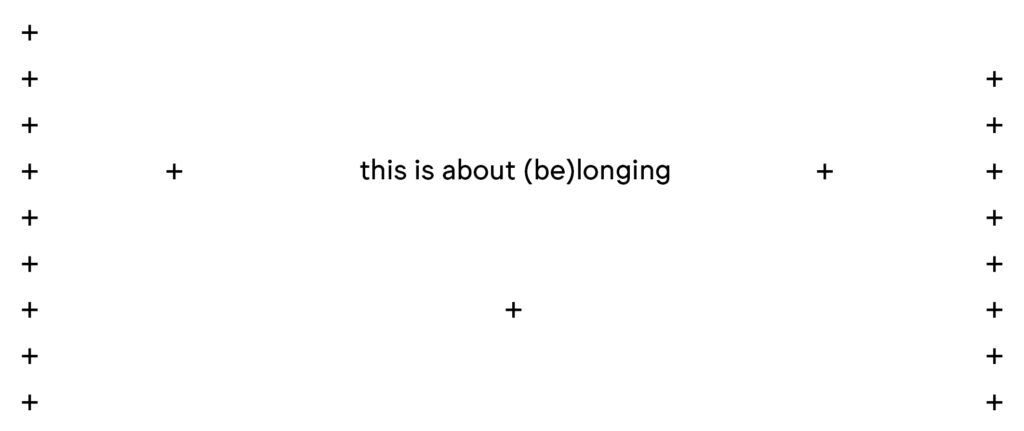
The personal is political and sex is no exception. Sexuality with all her discourses does not stop at the bedroom door or the darkroom gloryhole. Discussing sex, sexuality, and sexual orientation in public is still not as acceptable as we would hope it to be. I don’t know if I could write and think of this piece in German in the same way as I do in English. The language barrier allows some distance and gives my shame, that is still lingering in the back of my mind, a comfortable place to hide. Not to mention the idea of discussing these topics with my parents or grandparents. At times, it seems to me as if (straight) sex is omnipresent in culture and public spaces. The discussion of what it means, however, remains hidden away. So let me fuck a bit with this shame inside my body and express what sexuality and sexual orientation mean to me as a non-binary person.

The outside does not cease to matter — chances are, our sexualities or identities will be scrutinized one way or another. However, we can actually re-write the script, unlearn heteronormative expectations and attitudes, and rediscover freedom in sex. In sex we can play with boundaries of gendered and sexed bodies, experiment with roles, live out our desires. But, it can also do the complete opposite through the internalization of heteronormative expectations, thereby reinforcing these scripts. Queer people can be as susceptible as anyone else if we are not careful and attentive.
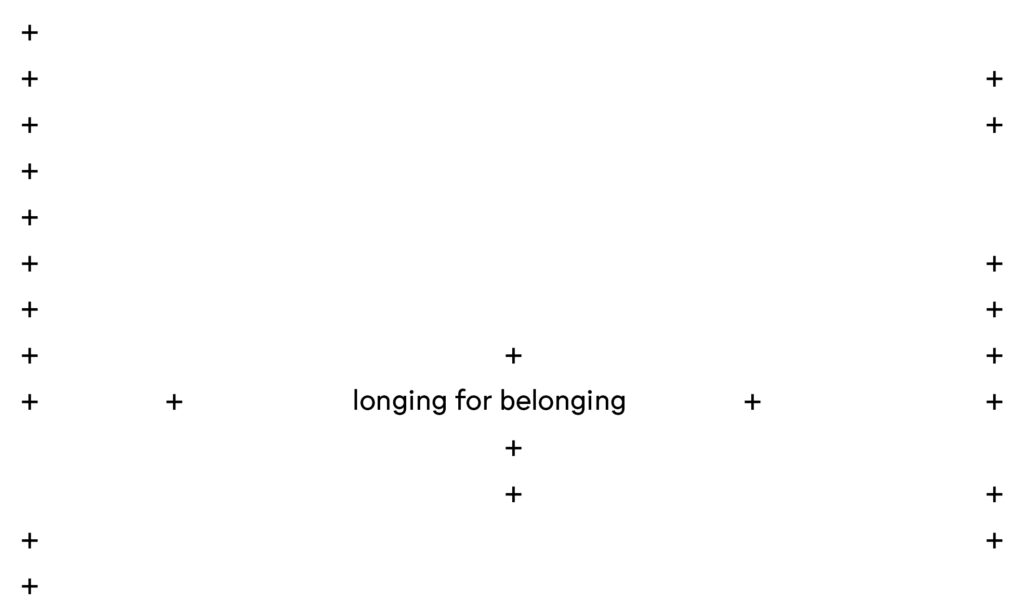
I tend to conflate sexuality and sexual orientation. Sexual orientation (supposedly) describes the group of people I find attractive, desirable, or erotic and who have some sort of similarity that allows me to group them together in a meaningful way. However, these common attributes have to be broader categories themselves. Liking brown hair is not a sexuality. Liking men, however, seems to be one. This is where the (gender) trouble begins. Identity categories depend on stability and clear borders that define who is within the category and who is not. However, these borders are foggy and continuously shifting. Identity categories tend to be more volatile than commonly assumed. Sexual orientation needs to construct categories like gender as relatively stable in order to give somewhat meaningful delineations about attractions and the targets of the attraction. Thus, while being separate from gender identity, they are intrinsically linked — or so at least it seems. Sexuality then encompasses the way we interact and behave sexually. It includes gender, sexual orientation, attraction, desire, attitudes, and acts. However, these identity categories can be useful as they allow people to come together and give them a feeling of normality, not being positioned as deviant. It allows us to feel like we belong even if heteronormative structures prevail.

Tranny Chasers! What a term! I have a complicated relationship with it — as a label, it runs the risk of confining all attraction towards trans people within its claws. T4T might be exempt from the Tranny Chaser discourse. Simultaneously, many cis partners can feel as if they have to justify their attraction to their partner despite the partner’s transness. Attraction to trans people is almost exclusively looked at through the chaser lens as a way of resisting the fetishization trans subjects are heavily exposed to. Although it is crucial to target non-consensual fetishization, we need to leave space for nuance. Otherwise the eroticism of and attraction to trans bodies is rendered invisible. I want and deserve to be loved and desired because I am who I am; and part of that is being trans. In my case, trans means inhabiting a space that is a non-category, which brings the trouble back to sexual orientation. Being situated in a space that does not define its borders and does not demand from the people inhabiting it to adhere to certain norms or have certain attributes leads to trouble when clashing with concepts such as sexual orientation and sexuality, which thrive on clear-cut groups.

I fucked my friend’s neighbor who apparently had a habit of having loud sex with the girls he brought home. When I told my friends about this encounter his heterosexuality became subject of scrutiny. This was not the first nor the last time people put ‘straight’ in quotation marks the moment these men had sex with me. However, it was the first time when I realized this is not happening when I fuck with gay men. Male heterosexuality is deemed the norm, unlike us other deviants. It is institutionalized and structural. On the flip side, this means that it is heavily policed and has no room for experimentation or testing of boundaries. A toe out of line and you ‘lose’ hetero status. Straight cis men taunt their peers and police their sexuality and any deviance from the heteronormative script will lead to gay accusations and perceived emasculation. The sexuality of women is under heavier scrutiny except in this issue. She might pull a Katy Perry and kiss a girl but still be considered straight. By denying straight men to discover the pleasures of enbies and push the boundaries of their sexuality and sexual orientation, heteronormative attitudes and structures get reinforced. Sexual orientation is more than just who or what we are attracted to. There is a cultural dimension to it. Certain sexual orientations and sexualities get more social credit and privileges than others that are restricted. DL men might fuck their way through hordes of twinks but they still have access to this cultural capital. My friend’s neighbor’s sexual orientation might be debated but he resides at the upper end of sexual politics and the corresponding power dynamics in society.
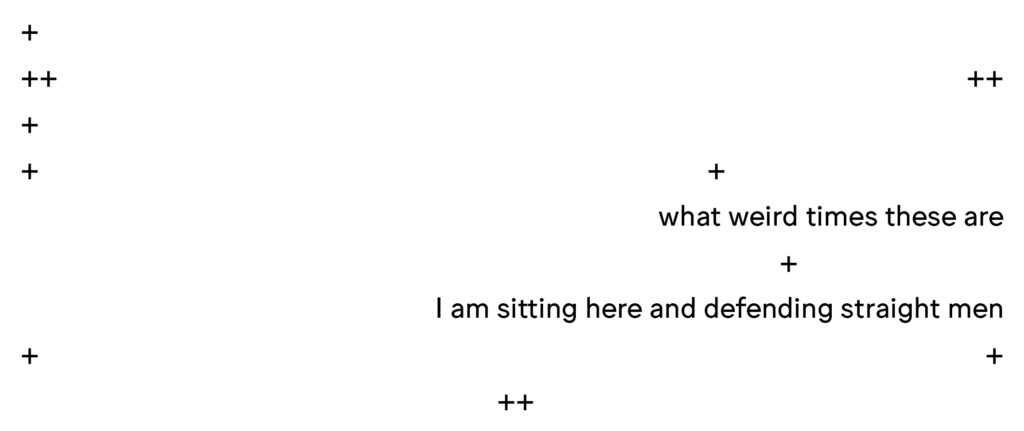
However, this scrutinization also stems from the fact that I have a body that is considered ‘male-sexed’. My body and I have sometimes a troubled relationship often involving shame. On this subject, however, I am not trying to fight her but rather can appreciate her for the pleasures she gives me. I was not born non-binary, I was not born gay. In my opinion, nobody is born shit except a tiny human being. The rest comes after. Thus, I had the fortune of growing up a faggot which is still an integral part of my self-understanding. However, for me, it is detached from the gendered connotations that it might have for others. Faggotry describes a subculture, a way of talking and relating to others. Furthermore, gay men and fags are still many of the people I am attracted to and who are attracted to me (to a certain extent). Why would I want to leave this space where I have so much fun and feel like I am belonging? … but do I belong?

Would I call myself a homosexual? Not really, clearly certain gendered implications do get to me. My sexed body can also become an issue in interactions with others. My sexed body determines if the sexual orientation of my last sexual encounter will be scrutinized or reaffirmed. There seems to be a confusion that sexual orientation is only about the attraction to a certain type of morphology. This conceptualization of morphology and gender as unified leads to the misconception that monosexual orientations like gay, straight, or lesbian mean the attraction to fixed types of bodies. Further, the assumption prevails that there are only two types of them. Popular dating apps might give you the option to sign up as non-binary but then ask you whether you want to look for men, women, or both and thus categorizing you in either one of the two perceived morphology pools. Similarly, in sexual encounters I get assigned to one sexed morphology that then defines my partner’s sexual orientation trumping over my non-binary existence. My way of being is acknowledged until sexual politics hit. I am not arguing against the existence of my sex but rather the conflation of morphology and sexual orientation. This makes me wonder whether there is a need for a new sexuality and sexual orientation. Would a new type of sexual orientation from a non-binary perspective allow me more freedom and a feeling of belonging?


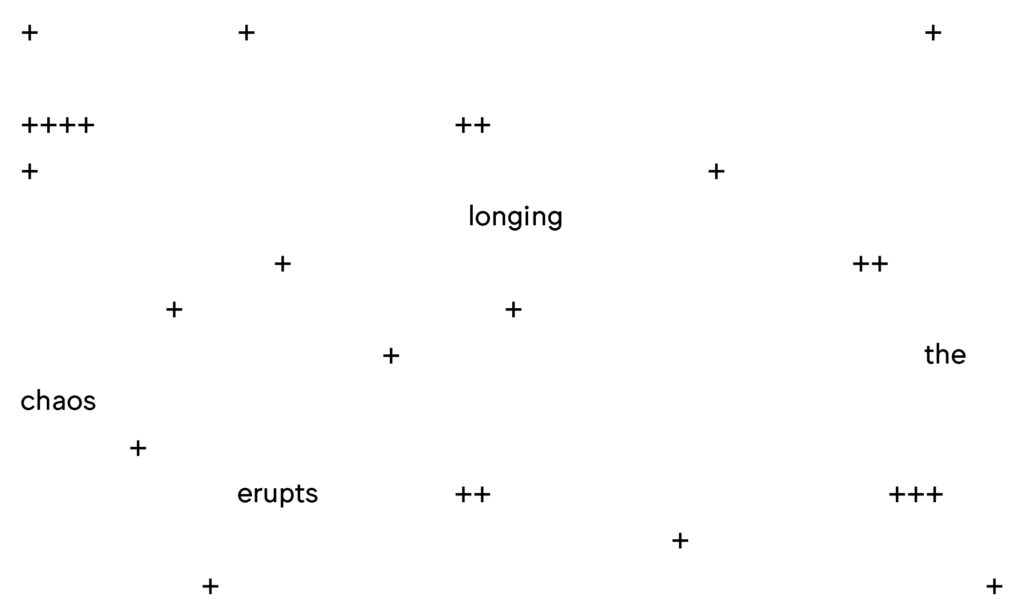
I was very intrigued + But the more I pondered and read, the more I thought: + + What’s the point?

Non-binary + is accompanied by an inherent ideology which like its + + parent does + not define its territory. It rejects present ++ essentialism and determinism and + instead actively + intervenes by attacking binary assumptions of gender and sex. + +++ Performances, acts, resistance, and ways of existing are not + policed in order to belong. +


Genderqueer is a 90’s bitch. Non-binary is y2k. Both + championed by trans(sexual) writers refuting and transgressing gender. However, once fluidity is articulated + and discursively ++ constructed, it can be + inhabited by people making it perhaps no longer a non-category. Hence, there is merit to this exercise. +

To explain sexual orientation, I could describe + specific aspects of morphology or leave it behind all together and focus on other attributes. + Creating and + articulating + these specificities allow visibility for othered ways of existing which is crucial for normalizing + them.

Levi Hord describes non-binary + as more of a framing ideology than an identity. It can work within identity politics by allowing experiences, ++ cultures, and heritages and memories + of at first + glance binary gendered labels such as fag to float freely within + the chaos that is the human lived experience. It retains their meaning without relying on exclusionary boundaries + + contesting the connection between + identities, binaries, and border regimes.

Non-binary does ++ not need to create new identity categories. + It embraces the chaos and questions the idea of a monolithic static self. My attraction and the specificities + that I found desirable + were and are partly culturally constructed + and have changed immensely compared to when I came out the + first time. The fragmented self consists of ever moving and changing + pieces as we are never truly fixed in one ++ identity. Experiences and new knowledge can change us in meaningful ways that allow growth and a change in self perception. +++ Embracing a state of chaos and fluidity + might be scary and often + confusing + but it allows us to escape the feeling + of entrapment and having to dig + ever deeper trenches to define what exactly we are. This entrenching can become + overbearing and stops us from seeing each other in our humanity. Renouncing the static self allows us to love and live freely. + +++ +
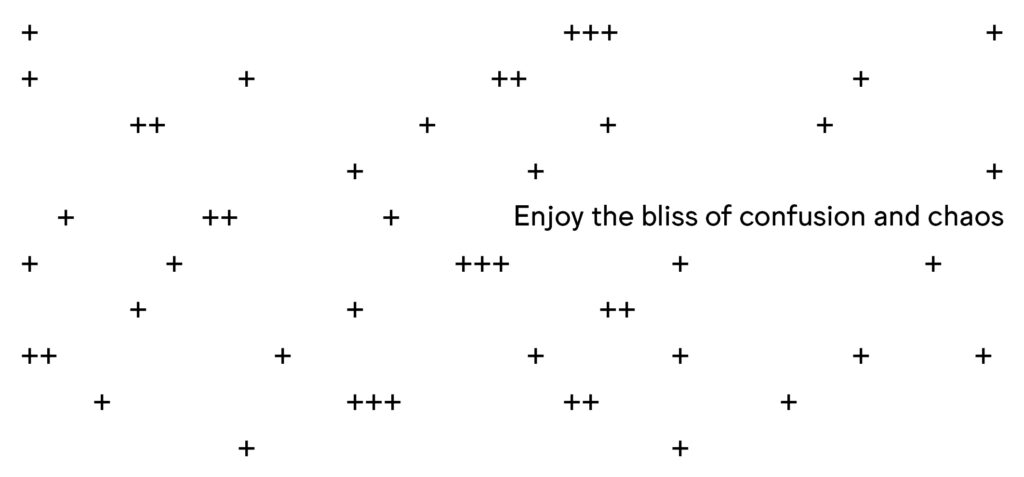
‘3 Steps Toward Good Sex Beyond the Binary: Having Sex With a Non-Binary Person, Even When That Person Is You’. 2019. The Body Is Not An Apology. 11 November 2019. https://thebodyisnotanapology.com/magazine/sex-with-the-non-binary-person-even-when-that-person-is-you-maya/.
Hord, Levi CR. 2022. ‘Specificity without Identity: Articulating Post-Gender Sexuality through the “Non-Binary Lesbian”’. Sexualities 25 (5–6): 615–37. https://doi.org/10.1177/1363460720981564.
Jas, Ynda. 2020. ‘Sexuality in a Non-Binary World: Redefining and Expanding the Linguistic Repertoire’. Journal of the International Network for Sexual Ethics & Politics, no. Special Issue 2020 (September), 71–92. https://doi.org/10.3224/insep.si2020.05.
Kowalski, Brittany M., and Christopher P. Scheitle. 2020. ‘Sexual Identity and Attitudes About Gender Roles’. Sexuality & Culture 24 (3): 671–91. https://doi.org/10.1007/s12119-019-09655-x.
Monro, Surya. 2019. ‘Non-Binary and Genderqueer: An Overview of the Field’. The International Journal of Transgenderism 20 (2–3): 126–31. https://doi.org/10.1080/15532739.2018.1538841.
Nast, Condé. 2023. ‘People Ask How I “Define” My Sexuality As A Non-Binary Person. The Truth Is, I Don’t Have To’. British Vogue. 1 April 2023. https://www.vogue.co.uk/arts-and-lifestyle/article/defining-sexuality-after-coming-out-as-non-binary.
Ross, Maeghan, Pip Roijer, Margriet Mullender, and Tim C. Van De Grift. 2024. ‘Trans, Gender Non-Conforming and Non-Binary Individuals’ Perspectives on Experienced Sexuality during Medical Transition’. Journal of Sex & Marital Therapy, January, 1–16. https://doi.org/10.1080/0092623X.2023.2300828.
Tompkins, Avery Brooks. 2014. ‘“There’s No Chasing Involved”: Cis/Trans Relationships, “Tranny Chasers,” and the Future of a Sex-Positive Trans Politics’. Journal of Homosexuality 61 (5): 766–80. https://doi.org/10.1080/00918369.2014.870448.
Vijlbrief, Afiah, Sawitri Saharso, and Halleh Ghorashi. 2020. ‘Transcending the Gender Binary: Gender Non-Binary Young Adults in Amsterdam’. Journal of LGBT Youth 17 (1): 89–106. https://doi.org/10.1080/19361653.2019.1660295.
Moritz Friedhofen is a harpist and researcher with focus on trans and queer studies. Under their artist persona Kuntenserven, they take the harp out of its traditional environment and explore new possibilities and sounds.
